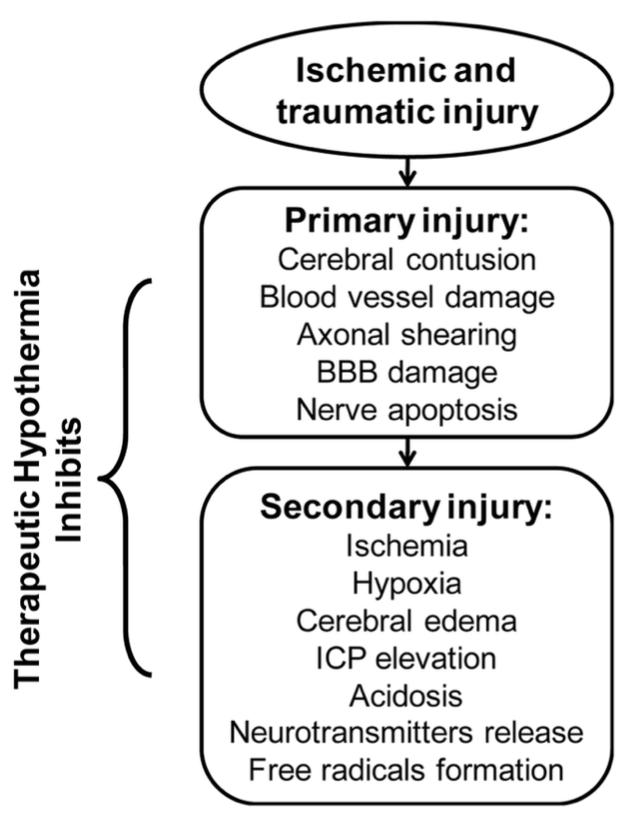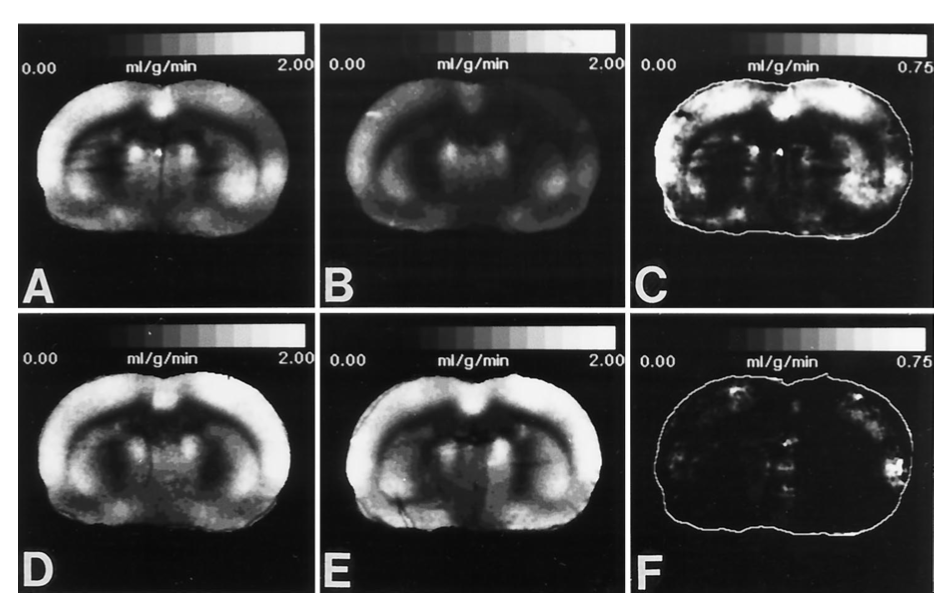Therapeutic hypothermia in stroke and traumatic brain injury
Therapeutic hypothermia is considered to improve survival with favorable neurological outcome in the case of global cerebral ischemia after cardiac arrest and perinatal asphyxia. Among the various methods for hypothermia induction, intravascular cooling may have the most promise in the awake patient in terms of clinical outcomes.

Influence of early posttraumatic hypothermia therapy on local cerebral blood flow and glucose metabolism after fluid-percussion brain injury

Rats were induced in either cranial hypothermia (30ºC) or normothermia (37ºC) for three hours after fluid-percussion head injury to assess local cerebral metabolic rate of glucose (LCMRglu) and local cerebral blood flow (LCBF). The LCMRglu/LCBF ratio was nearly doubled in the group that received cranial hypothermia relative to the rats that received normothermia.
